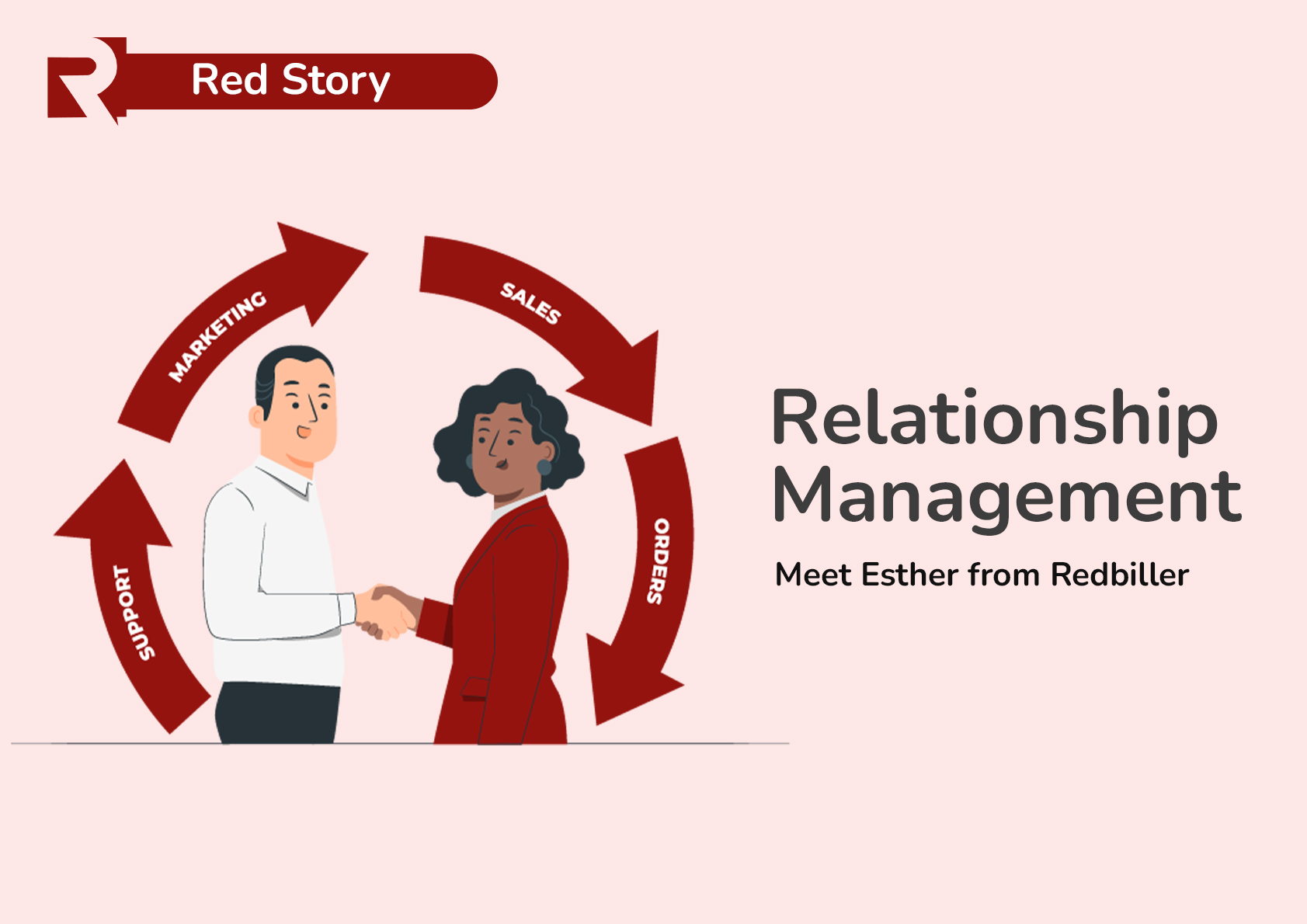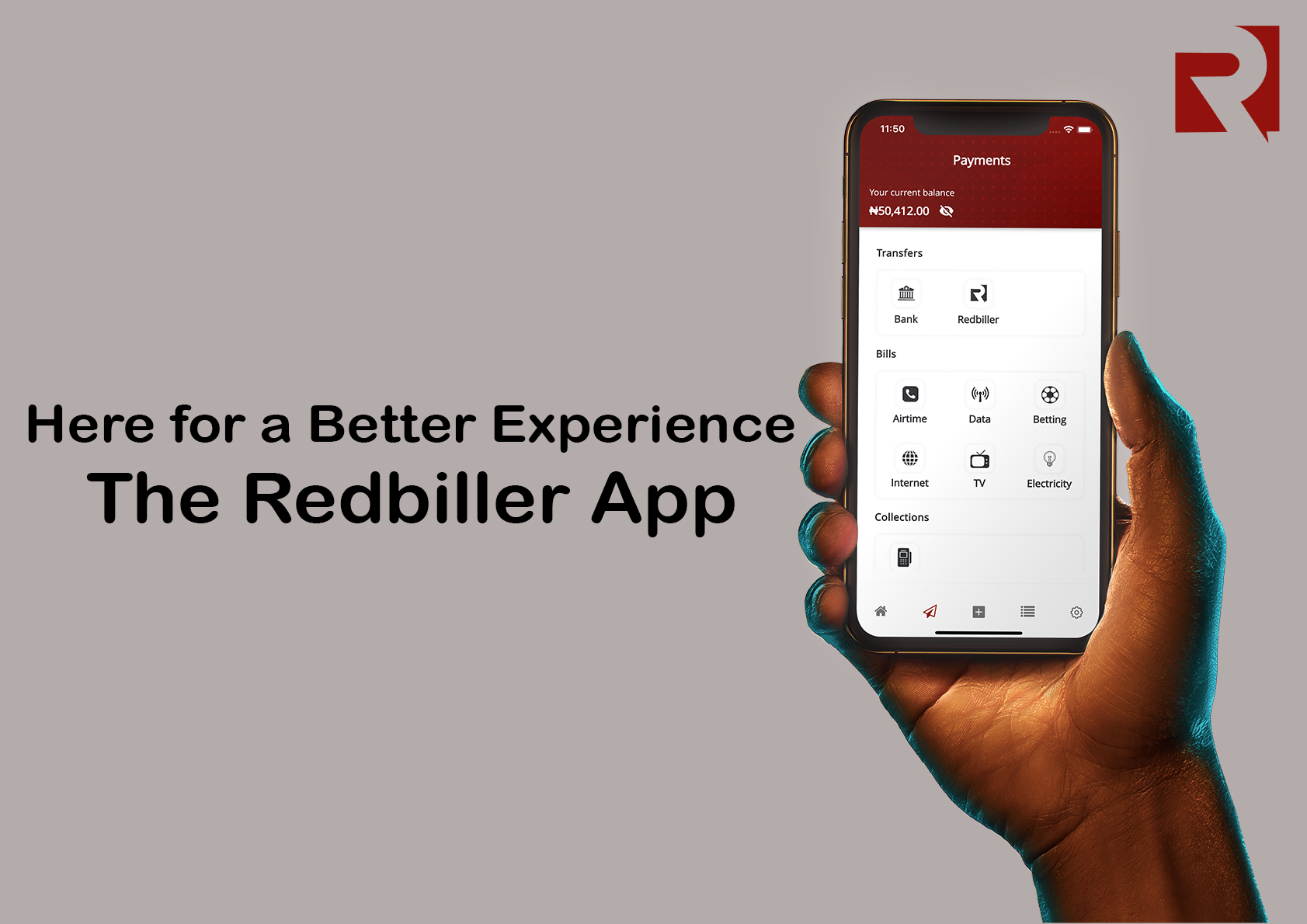Life is a journey of progressive changes, and it is the same with everything around us. Trends change, Systems change, Governments change, Markets change. Nothing is immune to change. Because, as changes take place in a person, a structure, a Place, it demands the same from every other thing around it to ensure an atmosphere where they can thrive together. The end of Change is extinction.
Since Change is inevitable, it is imperative to prepare for the shift from one stage to another. And while change does not always translate progress, stability and improvements, stagnancy is not an option. Change in consumer behaviours demands a change in your products. Change in policies demands a change in your structure. Emerging technologies demand changes in your operations. Consequently, this leads us to Change management.
What is Change Management?
Change management is the approach of an organisation in implementing and managing systemic transitions within the organisation and in responding to external demands for change. It involves preparing and supporting the staff, reviewing products and design, and adjusting internal structure to accommodate necessary changes. The idea is to thrive despite the change, to leverage the process for improved productivity and success.
Several factors drive changes within and outside the organisations. Change drivers range from organisation goals, short term and long term, to market trends, to government policies. Whichever the case, Change can be an organisation's worst nightmare when not well managed.
Why Change Management?
Change management reduces the risk that change poses for an organisation. It first takes into consideration the humans involved, then the existing structures and their shortcomings. And while Change management does not necessarily reduce the cost of change, it helps prepare for it.
Humans are naturally resistant to change despite changes defining their existence. Change management involves providing support for the humans of the organisation to adapt to the change process. They are actively engaged in the change process from the start and challenged to be more productive and efficient in the new system. It is about giving the right amount of push.
Types of Changes In The Organisation
Developmental Change: this involves improving on a previously established structure. It is a continuous and the most frequent type of Change. While this is a low-risk process, its frequency should be influenced by necessity to avoid redundant complications.
Transitional Change: this involves a move away from one state to a new one which positions the organisation to address a problem. This move could be a merger, acquisition, or automation.
Transformational Change: this involves a total alteration of an organisation's cultural and operational structure. It could mean changing to a different industry. It is a delicate process and offers no assurance.
Is Change Optional?
There are two ways to look at this. In the end, you decide what you want for your organisation. The end of change is extinction. The options are limited, and you shouldn't see extinction as an option at all. Your considerations should be in what direction to face. So, if you want to keep your organisation, change is not optional. But if you want an early retirement and would like to volunteer as a case study in a book on why businesses fail, then Change is optional. But you don't have to take it.



